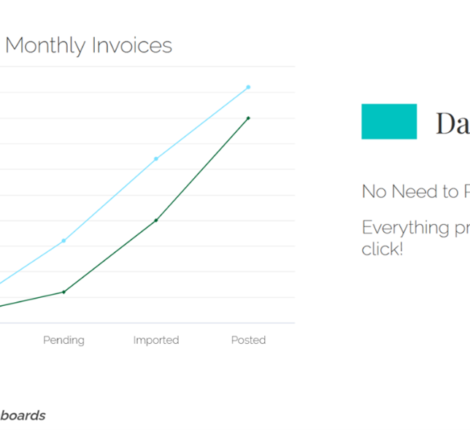WHAT IS CLOUD SERVICE APPLICATION AND HOW IT STARTED AND EVOLVED?
FROM MAINFRAMES TO THE CLOUD: THE EVOLUTION OF CLOUD SERVICE APPLICATIONS
Cloud service applications, additionally known as cloud computing, are software applications that are accessed over the web and hosted on remote servers. These applications permit users to store, control and process data without the need for physical hardware or infrastructure. The thought of cloud computing has been around for countless decades, however it wasn’t till the early 2000s that it commenced to acquire sizable popularity.
The origins of cloud computing can be traced back to the Sixties when computer scientists started exploring the notion of time-sharing. This involved multiple users gaining access to a single computer system at specific times, permitting them to share sources and minimize costs. In the 1970s, this idea advanced into virtual machines, which allowed more than one running system to run on a single physical machine.
In the 1990s, the internet grew to be more extensively reachable and businesses commenced to discover ways to use it for business purposes. This led to the improvement of application service providers (ASPs), which presented software applications over the internet. However, these early ASPs had been restricted by using slow internet speeds and unreliable connections. It wasn’t till the early 2000s that cloud computing started to take off. Amazon Web Services (AWS) launched in 2002, imparting businesses access to scalable computing sources over the internet. This was followed via Google Cloud Platform in 2008 and Microsoft Azure in 2010.
Today, cloud computing is used by corporations of all sizes and throughout a broad range of industries. It provides numerous advantages including cost savings, scalability, flexibility and improved collaboration. As the availability of cloud services grows, so will their applications in the business sector. Whether a firm decides to expand existing on-premises software installations or completely migrate to the cloud, these services will continue to ease how businesses offer mission-critical apps and data to their workforce. Cloud services are revolutionizing how individuals work and how organizations function, from application delivery to desktop virtualization solutions and all in between. One of the key benefits of cloud computing is its scalability. Businesses can without difficulty scale their computing resources up or down depending on their needs, without having to make investments in steeply-priced hardware or infrastructure. This makes it the best answer for businesses with fluctuating workloads or seasonal demands.
Another benefit of cloud computing is its flexibility. Users can access cloud-based applications from anywhere with an internet connection, allowing them to work remotely or collaborate with colleagues in exceptional locations. This has come to be increasingly more necessary in latest years as more businesses adopt flexible working practices.
Cloud computing additionally offers improved collaboration, as multiple users can access the same applications and data from anywhere in the world. This makes it less complicated for teams to work collectively on projects, regardless of their location. It is safe to say, cloud computing has come a lengthy way because its origins in the 1960s. Today, it is an integral phase of many businesses’ IT infrastructure, presenting several advantages inclusive of value savings, scalability, flexibility and extended collaboration.
DART Technology facilitates change through custom cloud services and solutions that accelerate innovation, intelligence, and value across enterprises. Get in touch with us today for more info!



